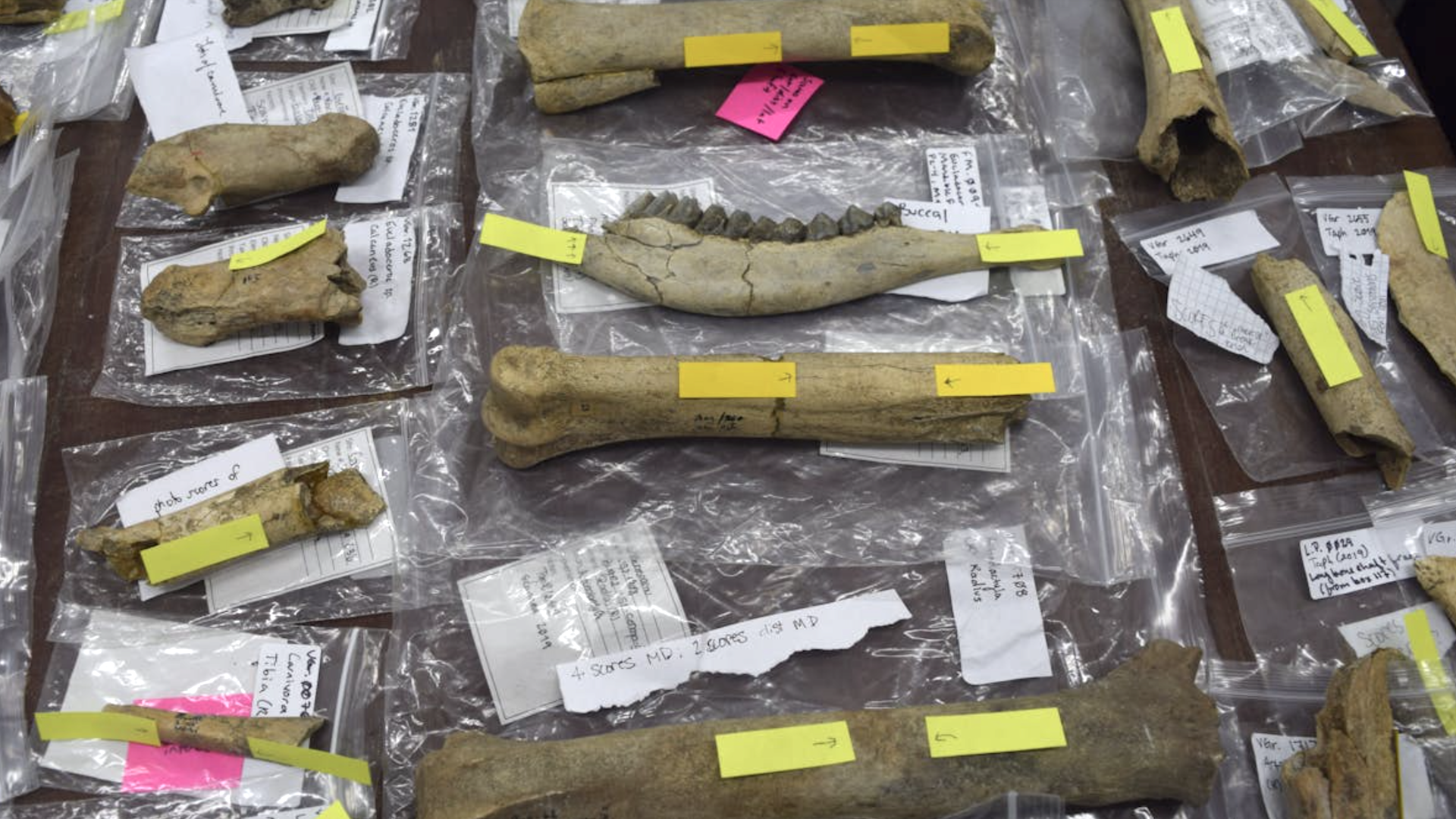DNA Reveals Origins of Shark Fin Soup

Every year, millions of shark fins are sold at Chinese markets to satisfy the demand for shark fin soup, a dish considered a delicacy, but it has been impossible to pinpoint which sharks from which regions are most threatened by this trade.
Now DNA research has traced shark fins from the burgeoning Hong Kong market all the way back to the sharks' geographic origin.
The scientists found that in some cases fins from scalloped hammerhead sharks came from endangered populations thousands of miles away.
The findings highlight the need to better protect these sharks from international trade, the researchers say. About 73 million sharks are killed for this trade each year, of which 1-3 million are hammerheads, according to Ellen Pikitch a professor of marine science at Stony Brook University in New York. These sharks are particularly prized for their large fin size, and just 1 kg (2.2 lbs) can sell for about $120.
"This trade has operated for years and years under the cover of darkness," Demian Chapman, a researcher at the Institute for Ocean Conservation Science at Stony Brook University, said in a statement. "Our work shows that the scalloped hammerhead fin trade is sourced from all over the globe and so must be globally tracked and managed."
Chapman and his colleagues used a technique called "genetic stock identification" or GSI, to analyze DNA samples from 62 scalloped hammerhead shark fins that had been obtained in the Hong Kong fin market. By examining each fin's mitochondrial DNA sequence — a section of the genetic code passed down by the mother and traceable to a sharks' regional birthplace — the researchers were able to exactly match 57 of the 62 fins to an Atlantic or Indo-Pacific ocean origin.
The team also analyzed mitochondrial sequences taken from 177 live scalloped hammerheads in the Western Atlantic and determined that the species is further divided into three distinct stocks in this region: northern (U.S. Atlantic and Gulf of Mexico), central (Belize and Panama), and southern (Brazil). The scientists traced 21 percent of the Hong Kong fins back to these Western Atlantic stocks. Scalloped hammerheads in the region have been categorized as endangered by the International Union for the Conservation of Nature (IUCN) since 2006. This coastal species appears to have collapsed in the western North Atlantic and Gulf of Mexico.
Sign up for the Live Science daily newsletter now
Get the world’s most fascinating discoveries delivered straight to your inbox.
"The fact that scalloped hammerhead shark DNA shows strong population DNA signatures means that we can trace the geographic origin of most of their fins sold at markets," said Mahmood Shivji, director of the Guy Harvey Research Institute in Florida and an author of the study. "From a broader perspective, this type of DNA forensic testing of fins will be an incredibly useful tool to prioritize areas for conservation and ensure sharks aren't wiped out in particular regions by excessive fishing."
Protection for hammerhead sharks will be considered at the Convention on International Trade in Endangered Species (CITES) at its March 2010 meeting in Qatar.
The U.S. has proposed that CITES list the scalloped hammerhead and five other shark species under the organization's Appendix II, which would require permits for, and monitoring of, all trade in these species across international boundaries. Knowing the species and geographic origin of fins being traded would allow management and enforcement efforts to be allocated more effectively.
The findings were published online today in the journal Endangered Species Research.
- Image Gallery: Great White Shark
- Top 10 Species You Can Kiss Goodbye
- Majority of Oceanic Shark Species Face Extinction











